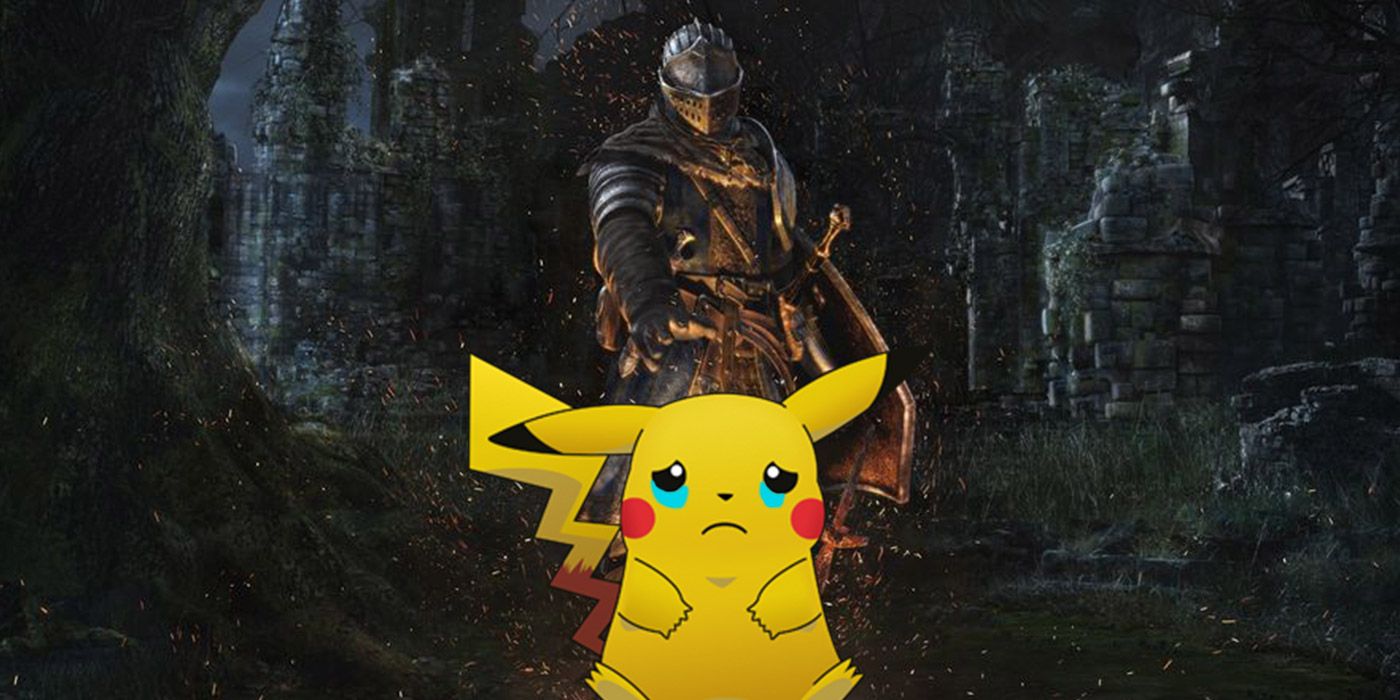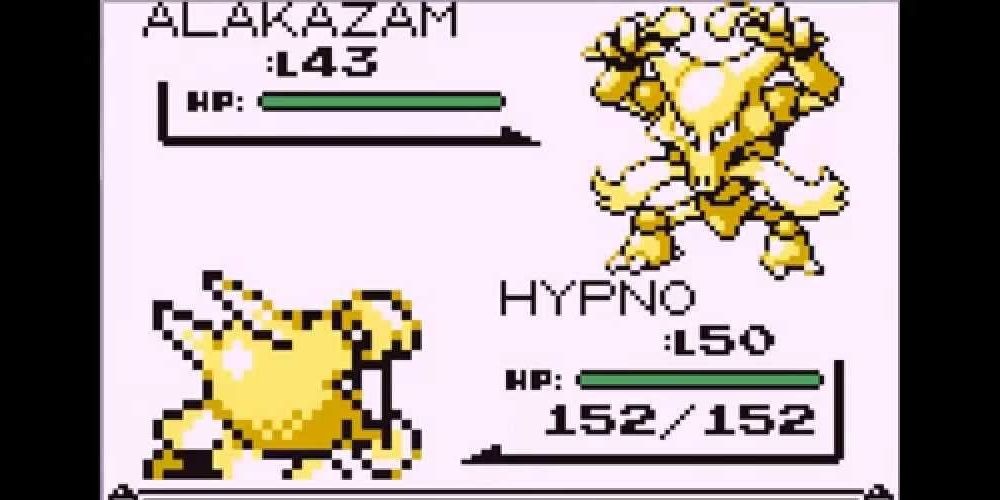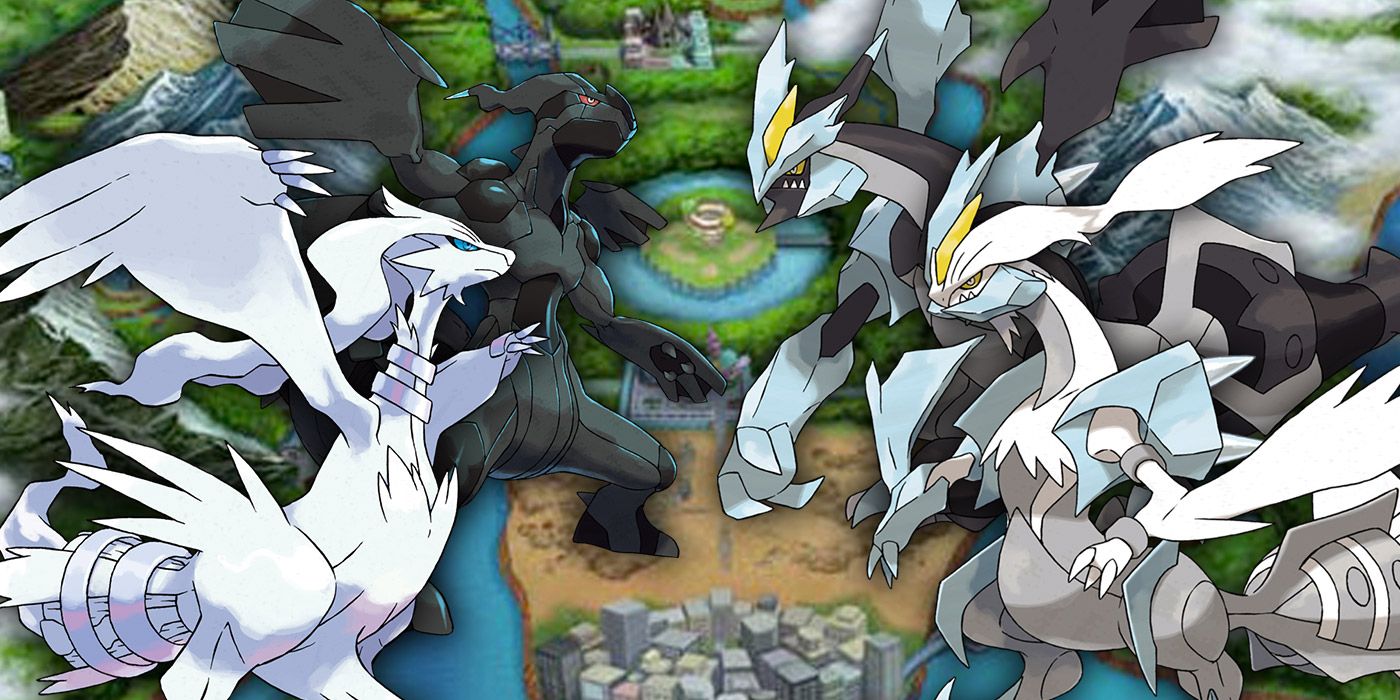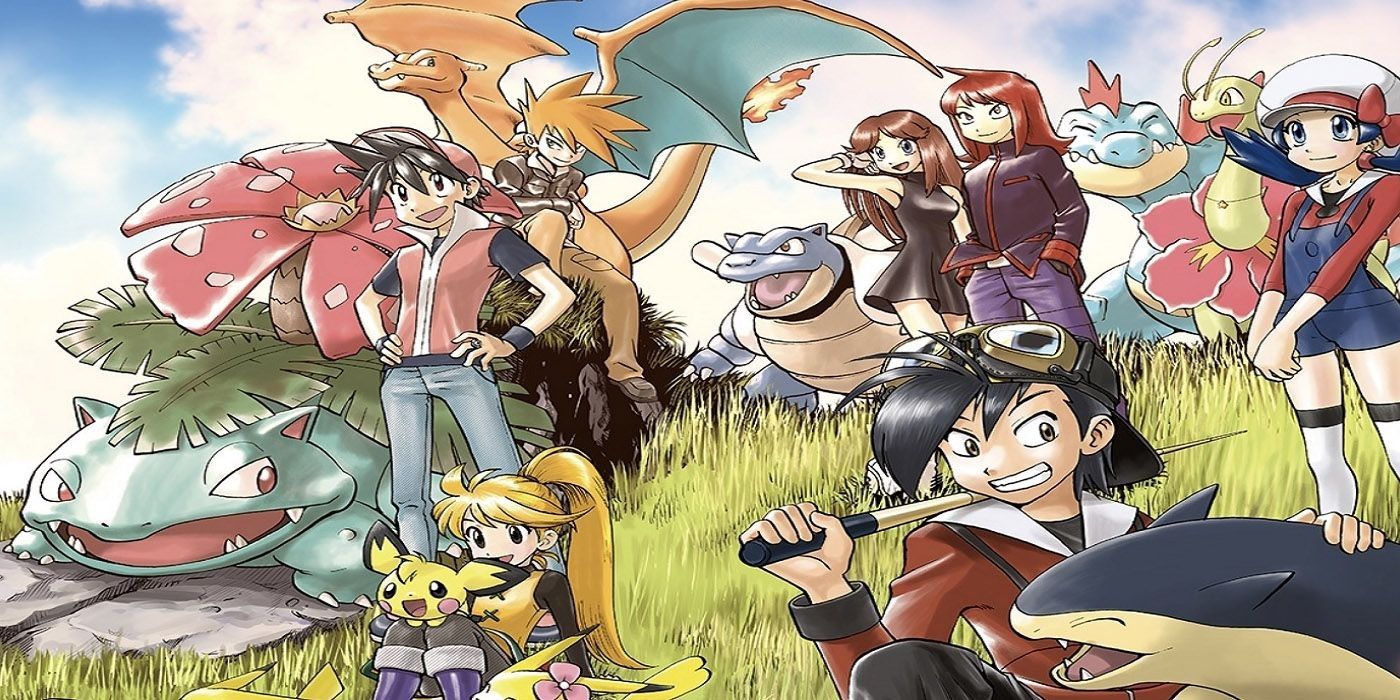It's no surprise that Pokemon games are primarily aimed towards children, but fans of the series going as far back as the 90s might say otherwise. This is because, in the monster-catching and battling genre, nobody does it better than Pokemon. As the highest-grossing media franchise of all time, it should go without saying that Pokemon has a staying presence like no other. Still, despite its immense popularity, many fans have a problem with how the mainline Pokemon games have diverged from where they originated and how seemingly effortless the challenges within the games are.
Starting with Pokemon Red and Green, the games had a simplistic charm to them that was enhanced by the Anime and the Trading Card Game. Fans at the time may remember how shockingly popular Pokemon had quickly become, with Pokemon cards getting banned in schools much like Pogs and marbles before it. It was an exciting time to be a fan of Pokemon, and the video games helped give kids access to its immersive world. Though the original few generations of Pokemon games may not seem very difficult by today's standards, more recent entries into the series seem to do a disservice to their legacy by being less and less challenging.
Pokemon Training Made Too Easy
Today, Pokemon Sword and Shield are the latest in the mainline series of Pokemon games, and fans would argue it has become easier than ever. Since the first Pokemon games, there have been shortcuts to improving a player's Pokemon, usually in the form of Rare Candies. Though a Rare Candy would instantly level up a player's Pokemon, they were difficult to find, with some early games having a finite amount. In Pokemon Sword and Shield players not only have access to Rare Candies in abundance thanks to the Wild Area, but now there are EXP Candies of varying sizes that grant a chunk of Experience Points to a Pokemon.
In Generation 1 of the Pokemon games, the Exp. Share was a key item that was quite a strong training tool. When this item was in the player's bag (players could deposit Key Items in Generation 1) the experience was split between the battling Pokemon and every single other Pokemon on the team. This included the Effort Values that were gained from battle as well, making it quite an efficient way to train a player's team. Though if a player wanted to get their hands on this item, they would need to have registered 50 Pokemon in their Pokedex and receive it from one of Professor Oak's aides, and was entirely optional.
After Generation 1, the Exp. Share became a hold item that only affected the Pokemon holding it. The player could obtain multiple Exp. Shares but it would normally be through a luck-based lottery system. Pokemon X and Y brought the Exp. Share back as a Key Item like it was in Generation 1, and it functioned very much the same way, rewarding a player's entire party with experience and EVs.
This iteration of the Exp. Share also appeared in Pokemon Sun and Moon, both being togglable Key Items. Pokemon Sword and Shield removed Exp. Share from the game, and built it into the core system with no option to toggle it off. As a result, players will find that the challenge within Pokemon Sword and Shield is diminished over time as their Pokemon will naturally outpower any foe within the story.
Pokemon Needs Easier Difficulty Options
Starting with Generation 5 with Pokemon Black 2 and White 2, they added the ability to unlock both an Easy mode and Challenge mode. The former was unlocked after beating White 2, while the latter was unlocked after beating Black 2. The Easy mode was unnecessary for most players and was more likely targeted to really young fans, whereas the Challenge mode enhanced the difficulty to a degree. Challenge mode was the hard mode that the series has always needed, with increased levels of trainer Pokemon, increased AI difficulty, and Gym Leaders and Elite Four would have an extra Pokemon in their team, each now holding a Hold Item.
This was a welcome addition, though most players probably never got to experience this, as its availability was convoluted to say the least. In order to unlock Challenge mode, players needed a copy of Pokemon Black 2 specifically, and have to become Champion.
But even then it wouldn't allow players to start a new game with Challenge mode enabled, as the only way to save in a new game is to delete the old save file. However, if players deleted their old save they wouldn't have Challenge mode unlocked anymore. So the only way for players of either Pokemon Black 2 or White 2 to enjoy an increased difficulty, is if they have access to another copy of the game with Challenge mode unlocked so that they can gift it to their fresh game.
Pokemon Could Use a Formula Change
In the original Pokemon Red, Blue, and Yellow, there weren't many things to do besides collecting and battling with Pokemon. As such, this was the central focus of those games coupled with the loose narrative of collecting all eight badges and becoming Champion. The great thing about this was that after the first badge, players had almost no restrictions when it came to exploring the entirety of the Kanto region. Whatever a player wished to do, whether it be exploring new areas, finding secrets, capturing new Pokemon to expand their team, or completing the optional Pokedex, this was all available to a player in the earlier generations of Pokemon games.
On top of this players did not have to fight for each Gym badge in a predetermined order. Instead, they could choose how they wanted to tackle their adventure themselves. This was even true in Generation 2's Pokemon Gold and Silver, as after the player defeated Morty and acquired the ability to Surf, they could instead go east and face Pryce before facing Chuck.
As the series progressed, the narrative became more of the focal point, with a more linear-focused design philosophy. Since then there has been a lack of player choice when it came to their progression. With EXP being easier than ever to achieve, a player's adventure is only different than another's based on the Pokemon they choose, not the decisions they made along the way.
For many fans now, the real adventure in any recent Pokemon title really only begins in the post-game. This is because of a few activities such as finishing the Pokedex, Shiny hunting, competitive battling, and sometimes a post-game battling facility. It is a shame that more care hasn't been put into bridging the gameplay gap for new and old fans alike, with a majority of fans racing to take part in the overly familiar post-game content while ignoring the forgettable journey to get there. Perhaps one day real gameplay challenge will be implemented into the highest-grossing media franchise of all time and their video games.




